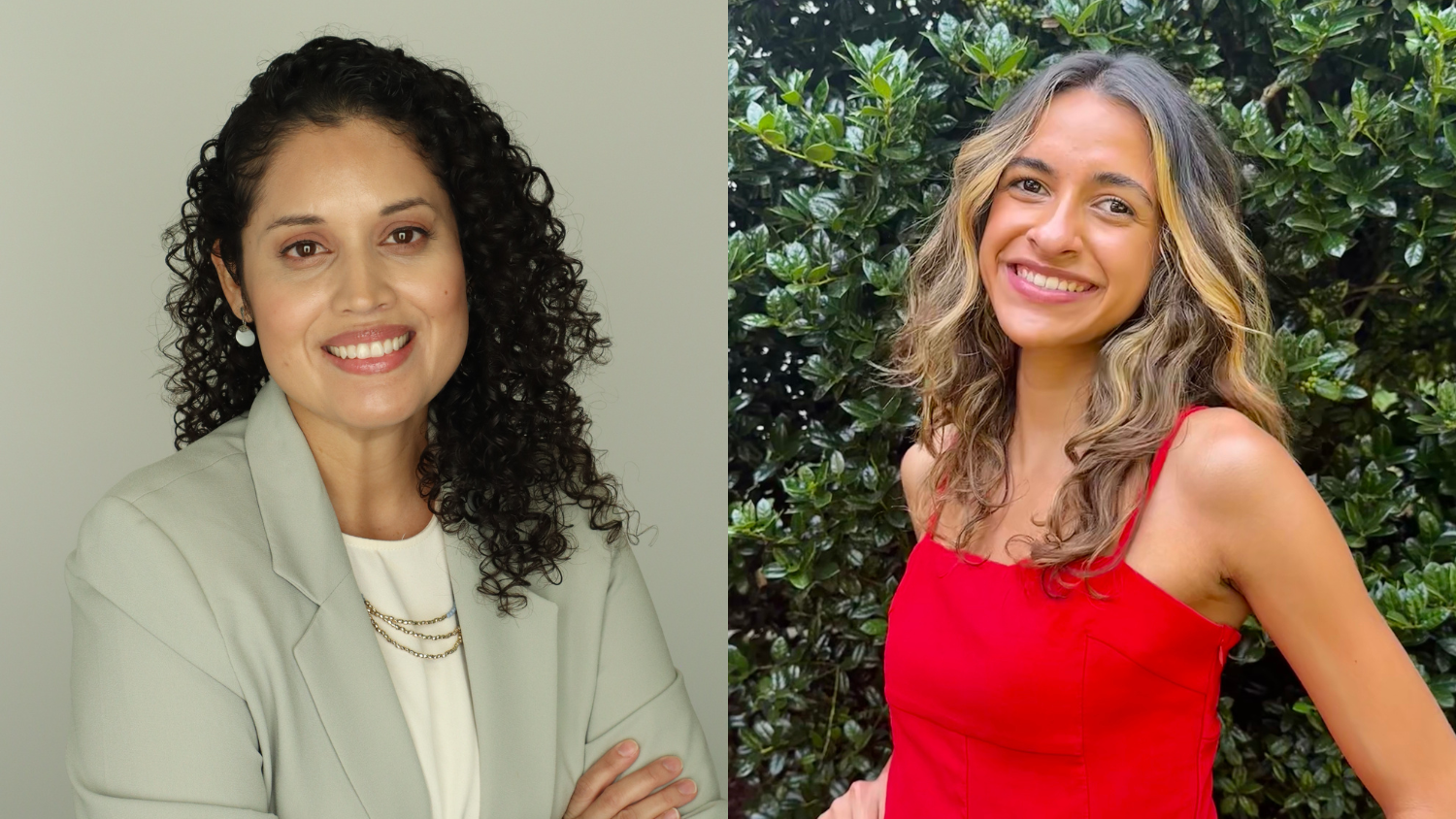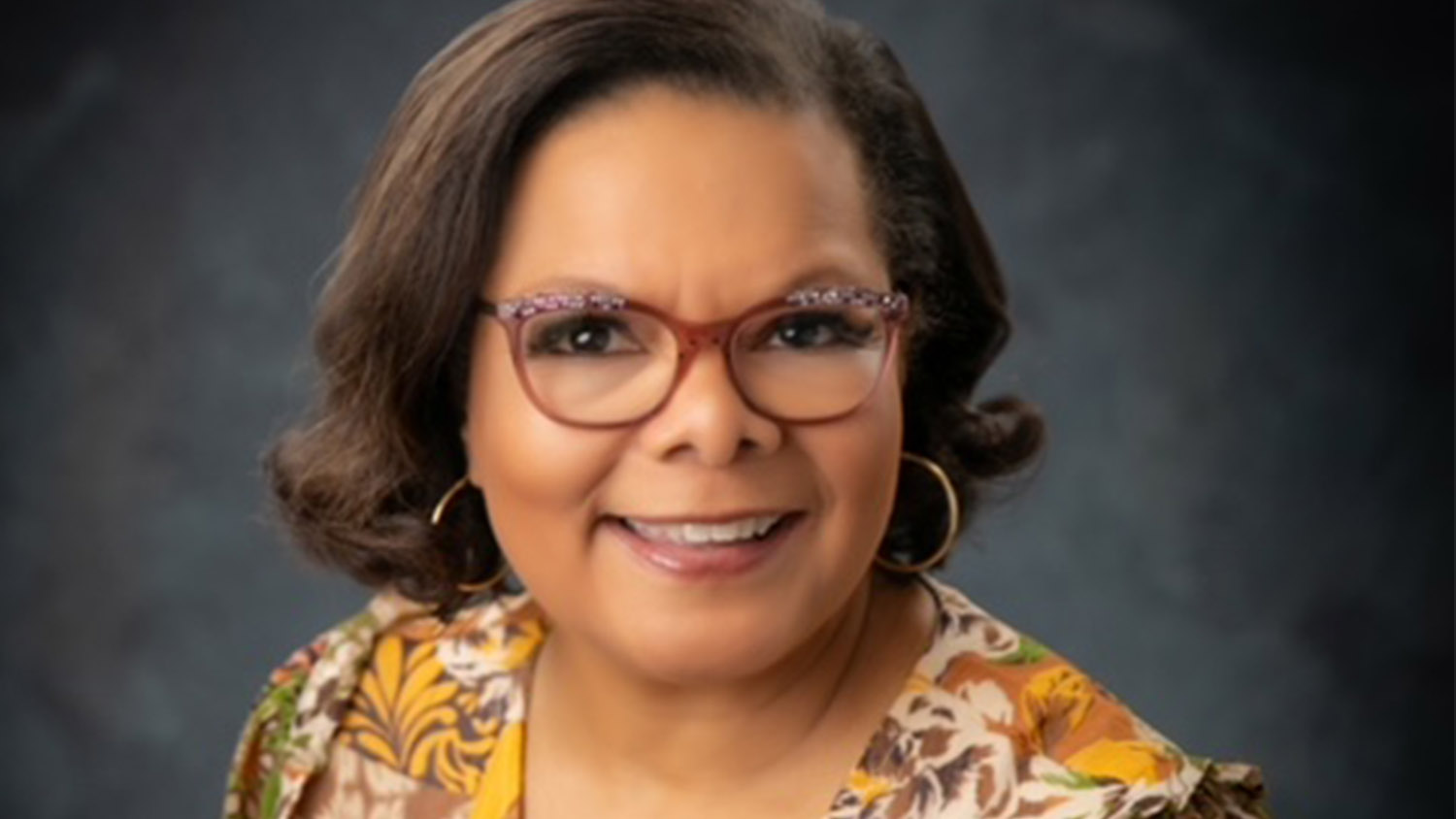Study from Assistant Professor Michael Jarry-Shore Shows Knowledge of Students Plays Important Role in Teachers’ In-the-moment Noticing of Students’ Mathematical Strategies

Mathematics teachers are often urged to encourage students to solve problems using their own preferred strategies, says NC State College of Education Assistant Professor Michael Jarry-Shore. If teachers struggle to determine what a student did in using any given strategy, they might encourage them to abandon it in favor of something more familiar or conventional. This, research shows, could ultimately limit students’ learning as well as create negative attitudes towards mathematics.
Jarry-Shore is the lead author on a recently published study entitled “The Role of Contextual Knowledge in Noticing Students’ Strategies In-the-Moment,” which examined the extent to which four novice teachers noticed students’ mathematical strategies in the moment, identifying instances when teachers had attended to specific details in students’ strategies and made precise claims about understandings reflected in the strategies.
Teachers’ in-the-moment noticing was studied by capturing videos of lessons and then having teachers participate in a video-stimulated recall interview with Jarry-Shore. Interviews concluded that teachers attended to specific details of a student’s chosen strategy and made precise claims about understanding reflected in those strategies on nearly 50 occasions.
Teachers in the study also referenced 11 different types of knowledge when noticing student strategies, with their knowledge of individual students and knowledge of prior lessons referenced most frequently.
This revelation, Jarry-Shore said, is significant because, in prior studies focused on teachers’ in-the-moment noticing of student’s strategies, teachers were asked to observe students who were not in their classes. However, this study reveals that, when a teacher has access to contextual knowledge of their own students and the prior lessons they have engaged with, such knowledge may play an important role in supporting their in-the-moment noticing.
“Although we did not examine how teachers went about developing this knowledge of students and prior lessons, our hunch is that they did so by inquiring into their own classrooms and being curious about the children they taught and the classroom environment in which they learned,” Jarry-Shore said. “This suggests that, as teacher educators, if we want novice teachers to develop such knowledge, we need to develop teachers’ disposition to be curious about and inquire into the classroom in which they teach.”
Jarry-Shore and his co-author, Hilda Borko of Stanford University, entered into the study guided by the theory that teachers’ in-the-moment noticing of students’ mathematical strategies was contingent upon their knowledge of research-based trajectories describing how students typically solve particular problems and how understanding of mathematical concepts develops. However, they rarely observed any of the four participant teachers referencing such knowledge.
This, Jarry-Shore said, demonstrates that a blend of research-based knowledge alongside knowledge of one’s students as learners and individuals is key.
“Although teachers in this study did not often reference the knowledge we expected, it remains crucially important,” he said. “This study suggests that complementing such research-based knowledge with contextual knowledge could do much more to support teachers in noticing students’ mathematical strategies in the moment.”
- Categories:


